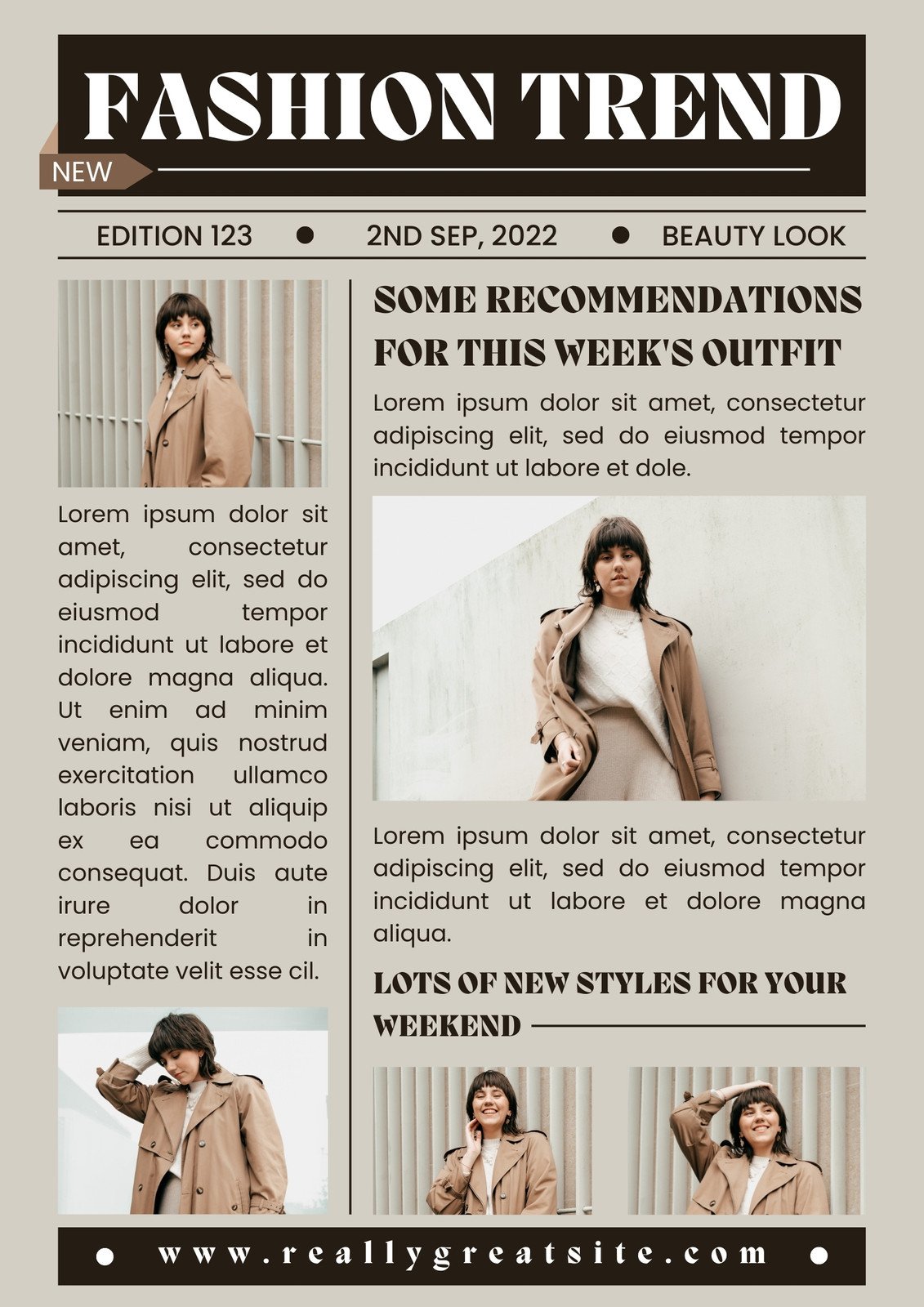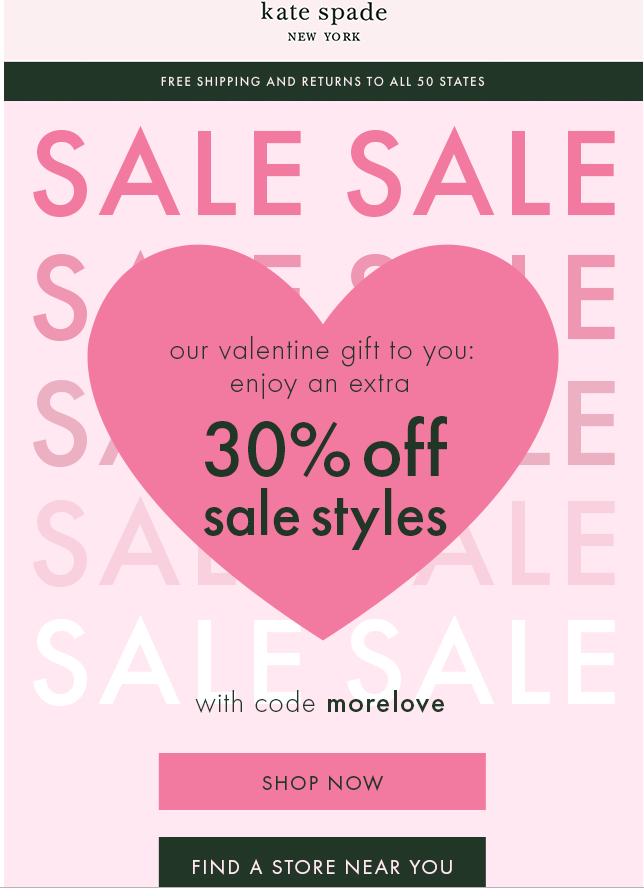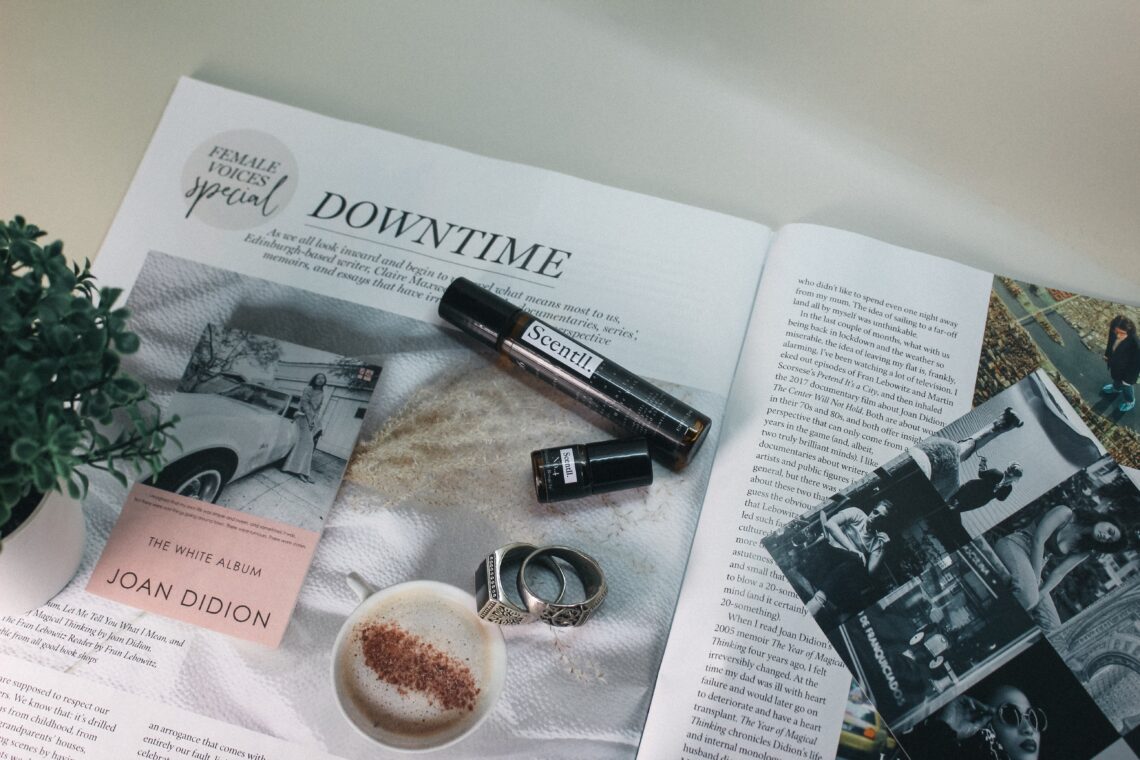Newsletters can be defined as handouts distributed to the public that include multiple press releases or news stories that are applicable to the business and the audience. Many companies send newsletters to their subscribers and clients at varying intervals of time, but newsletters do not solely need to be targeted towards pre-existing consumers.
Types of Newsletters
According to this blog post by Unlayer, there are many different types of newsletters that companies can choose to send subscribers and different target audiences.
The first question that the company must ask itself is the medium of the newsletter they wish to send: do they want to send a print copy of a newsletter through direct mail, or do they wish to use a digital newsletter sent through email? Usually companies will send newsletters through the emails of their preexisting customers, as it reaches them quickly and often generates more engagement if the company includes special promotions to get the consumer to have a direct response to the newsletter.
According to the website, there are 10 different types of newsletters across mediums. The first is the reporting newsletter, which focuses on writing in a factual, journalistic voice. These often provide factual information and aim to be informative, yet persuasive in their writing.
The next type of newsletter the blog talks about is a curated newsletter. These newsletters are carefully tailored to the consumers’ wants and the information that they wish to receive from the company. Simply put, the newsletter includes research about specific topics that the consumer wishes to hear more about.
Another type of newsletters the blog speaks about is the practical newsletter, composed to give consumers tips and ideas on certain topics. These newsletters are often informal and serve to build positive brand image while maintaining positive relationships with consumers. These newsletters are often concise and don’t provide an excess of information, making it easier for consumers to digest the provided information, therefore offering a more approachable appearance that consumers are more likely to engage with.

If you are looking to increase blog post traffic, sending out blog style email newsletters may be the best tactic to employ. These newsletters often include a collection of blog posts to provide readers with information and direct them to blogging sites, driving engagement.

Utilizing user-generated newsletters is another great way to build brand image and relationships with consumers. These newsletters often include reviews and testimonials from preexisting consumers, and are a great way to keep a sense of accountability and brand consistency.

A promotional newsletter often focuses on highlighting sales, promotions, sweepstakes and other important upcoming events to preexisting consumers of a company. These offers are often sent directly to the inboxes of individuals who have opted to receive email communications and offers from the companies, and there is often a loyalty program in place for these consumers to earn special discounts and offers.

Using a visually focused newsletter design can drive engagement because we often look to skim articles when reading online. Using a more illustrated approach can draw a viewer’s eye quickly and draw them to click on the message being sent.

A seasonal newsletter can be sent out periodically to consumers, creating a sense of brand consistency and positive reputation. These seasonal approaches can be more likely to drive engagement as they relate to the holidays or seasons being celebrated.

The last two examples of newsletters listed in the blog linked above are event newsletter, which showcase upcoming events to consumers, and hybrid newsletters, which focus on multiple tactics listed above.
Using Images in Newsletters
Using images in newsletters is helpful for drawing the attention of the audience. When newsletters are sent via email, many consumers may not end up reading all of the information on the page, but when photos are implemented in newspapers, readers are able to visualize the information being presented.
Targeting Your Audience
Another best practice of writing newsletters is targeting and segmenting audiences in your writing. It is impossible to reach every single audience at the same time, so it is important for practitioners to segment their audience into reachable targets and cater their publications towards them.
Design Tips and Best Practices
When designing a newsletter, it is important to remember the elements of design. You can access a synopsis and best practices in this blog post.
In newsletters, it is important to understand proportion, harmony and unity. Creating balance and proportion is essential in creating a newsletter because it is important to understand where to place the body copy, headlines and subheads. Additionally, it is important to place the photos around the page in a way that creates balance and does not overwhelm the reader.
Putting It All Together
Designing a newsletter can seem daunting at times, but it is important to understand that taking your time and being patient with yourself is one of the most influential practices in creating these publications. Additionally, it is important to keep the stories in the newsletter relevant to the target audience and the message you want to send to them. In my newsletter, I marketed my message towards families, including stories that reflected the importance of family fun and the way Royal Caribbean showcases “playing your way”.
Using InDesign helps tremendously with the design part of the newsletter. The grid tools allow for a consistent layout, and the rectangular frame tool helps to frame photos to create balance in a newsletter design.
My newsletter design focused on Royal Caribbean, and I chose to incorporate the colors in the photos on the page into the body copy. I chose to incorporate this because I believe it reflects the message of family fun found in the body copy.
Finishing Thoughts
All in all, creating a newsletter design be fun and challenging. Don’t forget to take your time, be patient with yourself, and be bold! You never know what outstanding design you can create!






Comments by Lindsay Moynihan